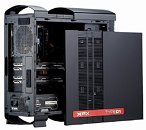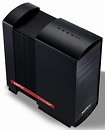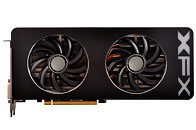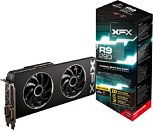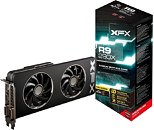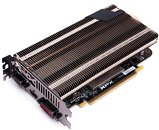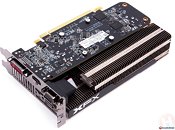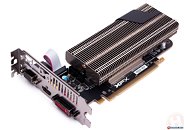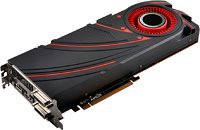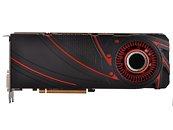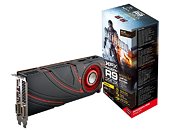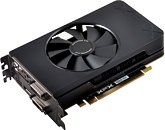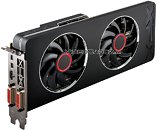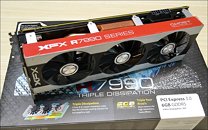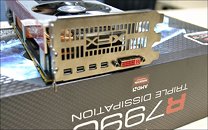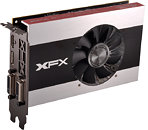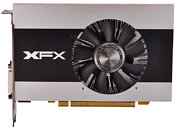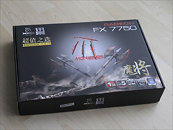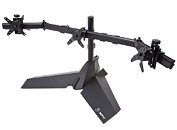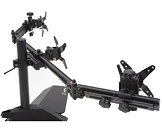
XFX Type 1 Bravo ATX Mid-Tower Case Starts Selling
XFX' debut in the gaming PC case arena, the Type 1 Bravo, started selling. The ATX mid-tower is priced at US $129.99. Measuring 518 mm x 232 mm x 562 mm, and made largely of SECC-steel, the case weighs about 10.4 kg. It features a sloped top, with a perforated front, and an edgy, opaque side panel with a flashy red bar featuring the XFX marking. Internally, there's room for some extremely long graphics cards (which is a given, since XFX also sells the HD 7990 under its own brand), and tall tower-type CPU coolers.
The XFX Type 1 Bravo offers room for three 5.25-inch drive bays with hinged valves for disc-trays, and eight 3.5-inch internal drive bays. The trays each feature mounting holes for 2.5-inch drives. The motherboard tray offers eight expansion slot bays, so you can install a dual-slot graphics card even in the bottom-most slot of your motherboard. Ventilation includes a 200 mm front intake, a 140 mm bottom intake, a 200 mm top exhaust, which alternatively be used as two 140 mm top exhausts, a 140 mm rear exhaust, and two 140 mm intakes along the side panel. Front panel connectivity includes two each of USB 3.0 and USB 2.0/1.1 ports, and HDA jacks.
The XFX Type 1 Bravo offers room for three 5.25-inch drive bays with hinged valves for disc-trays, and eight 3.5-inch internal drive bays. The trays each feature mounting holes for 2.5-inch drives. The motherboard tray offers eight expansion slot bays, so you can install a dual-slot graphics card even in the bottom-most slot of your motherboard. Ventilation includes a 200 mm front intake, a 140 mm bottom intake, a 200 mm top exhaust, which alternatively be used as two 140 mm top exhausts, a 140 mm rear exhaust, and two 140 mm intakes along the side panel. Front panel connectivity includes two each of USB 3.0 and USB 2.0/1.1 ports, and HDA jacks.

